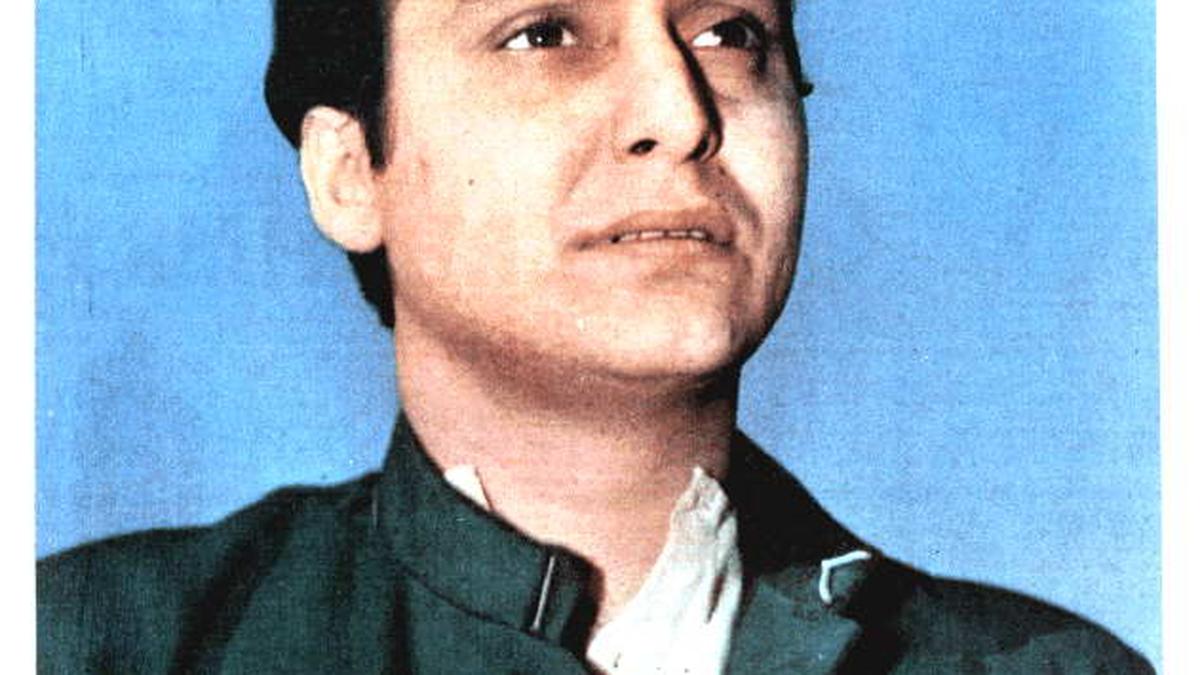
What made Soumitra Chatterjee Bengal’s much-loved actor?
The Hindu
A new biography sheds light on Soumitra Chatterjee’s cinematic journey
Two Indians of the 20th Century to have found among the greatest global recognition in the arts are Rabindranath Tagore and Satyajit Ray. And, closely tied to their life and work was Soumitra Chatterjee (1935-2020). Together, they played important roles in the flourishing of a culture that was simultaneously very Bengali yet universal. It was different from other parts of India — this was a world where Russian literature and German music mixed with Sanskrit and Bengali poetry.
Rabindranath, a friend of Satyajit’s grandfather, Upendra Kishore Roy Chowdhury, was a guru to Satyajit, who, in turn, was Soumitra’s mentor. The Indian government commissioned Satyajit to make a documentary on Rabindranath for the latter’s birth centenary (1961) — he also made films based on Rabindranath’s works, including Teen Kanya, 1961, Charulata (1964) and Ghare Baire (1984). In these films, Soumitra played a hero who seemed to be Rabindranath himself as much as one of his literary heroes, an ideal of the Bengali man.
Soumitra acted in 14, that is 50 per cent of the films Satyajit Ray made. He worked with other major directors, including Tapan Sinha and Mrinal Sen. He never worked with Ritwik Ghatak, whom he disliked intensely.
Soumitra had an elegance about him, in his refined looks and his great personal style. Like many legendary cinema actors, he was also trained in theatre, and worked closely with his directors to perfect his ‘less is more’ acting. His command of Bengali and its dialects and registers contributed immensely to his performances.
In these films, Soumitra often played an educated, cultural bhadralok figure, contemporary or historical, usually romantic, sometimes maudlin. It is easy to conflate the actor with the roles, and many continue to see him as Apu, after his first film with Satyajit, Apur Sansar (1959).
Sometimes, Soumitra played a more ambivalent character, notably as a seducer of unhappy wives — be it the innocent Amal of Charulata or the exploitative Sandip of Ghare Baire. He was convincing even as Narsingh in Abhijan, the inspiration for Scorsese’s Taxi Driver. Soumitra was also loved for his non-romantic Feluda, the Indian Sherlock Holmes, as Feluda himself acknowledges in the stories.
Although Amitabh Bachchan or Shah Rukh Khan may be among the better known Indian actors globally, Soumitra is known to all who watch world or arthouse cinema. He was by far the most handsome among of his highly talented contemporaries, which included greats such as Chabi Biswas, Robi Ghosh and Utpal Dutta. Soumitra acted with many of the smart and stylish actresses of his generation, including Madhabi Mukherjee, Supriya Choudhury, Aparna Sen and Sharmila Tagore, as well as Waheeda Rehman.

 Run 3 Space | Play Space Running Game
Run 3 Space | Play Space Running Game Traffic Jam 3D | Online Racing Game
Traffic Jam 3D | Online Racing Game Duck Hunt | Play Old Classic Game
Duck Hunt | Play Old Classic Game











